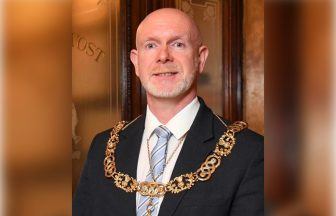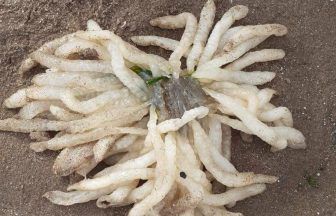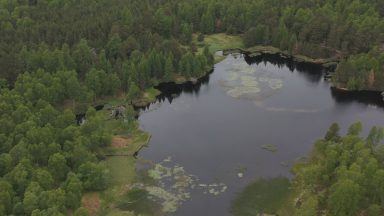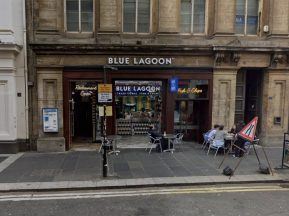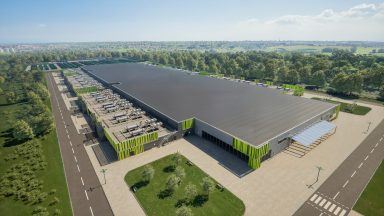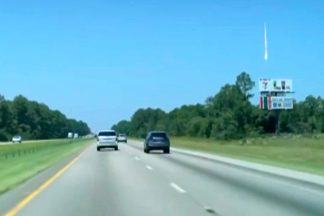Scotland’s first internationally recognised biosphere will almost double in size after having its status as a world-leading natural heritage site renewed to celebrate its tenth birthday.
The Galloway and South Ayrshire (GSA) site will grow to almost 10,000 square kilometres to include the birthplace of poet Robert Burns and Scotland’s most southernly point following the visit of a Unesco delegation.
The area received its special designation in July 2012 in recognition of its “world class environment for people and nature,” and joins the likes of Yellowstone National Park in the United States and the Black Forest in Germany among the zones listed across the world.
Biospheres are defined by Unesco as “learning places for sustainable development,” which allows for further cooperation between people and nature to tackle issues around conservation and climate change.

The GSA sphere currently covers 5,200 square kilometres but that will be upgraded to 9,800 over the next ten years.
The new area will include the Rhins of Galloway – the furthest south it is possible to go within Scotland – and the village of Alloway, where bard Burns was raised and set one of his most famous works, Tam O’Shanter.
Meriem Bouamrane, head of research and policy for the Unesco programme said: “The GSA Biosphere is an inspiring, internationally recognised place for living, which is reconciling conservation and sustainable use of biodiversity.
“We are absolutely delighted to announce that we will be renewing its designated status for a further ten years, including an expansion of its geographical boundary.”
She added: “It was the first Biosphere site designated in Scotland in 2012 and is part of the World Network of Biosphere Reserves, 748 sites in 134 countries, working together to reconcile humans within nature, in all ecosystems based on sound scientific and local knowledge and supporting economic activities respectful of the living.”

The delegation praised organisations for preserving and developing the sustainability of the area, including Silver Flowe, the most important patterned blanket bog in Britain, Merrick, identified by NatureScot as a nationally important wild land area and promoting the use of blackface wool from local producers.
GSA director Ed Forrest said: “Our renewed and expanded Unesco Biosphere designation will allow us to build on this and do so much more to support our vision for a just and equitable approach to life where people and the environment are both given equal consideration.
“The ultimate success of the biosphere will be when people no longer think about the actions they have to do to achieve this balance, but rather do them automatically because they have become societal norms.”
Follow STV News on WhatsApp
Scan the QR code on your mobile device for all the latest news from around the country


 GSA Biosphere
GSA Biosphere




